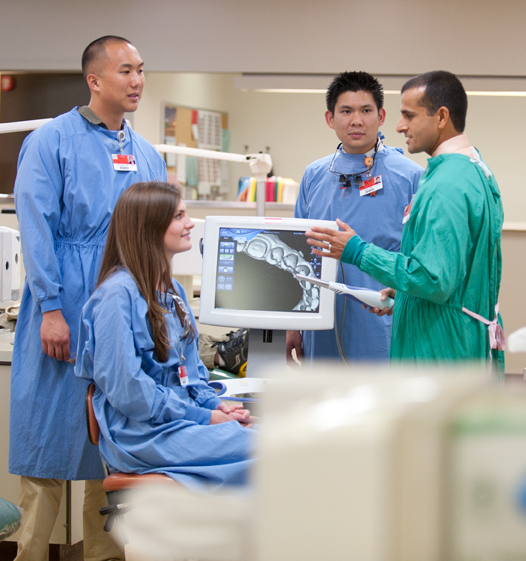
Parag Kachalia ’01 | Process and Progress
Parag Kachalia was still a dental student at University of the Pacific when he realized that after graduating he would like to be a part-time dental school faculty member. So after graduation, Dr. Kachalia ’01 followed through with his plan and joined the dental school as a one-day-per-week faculty member in addition to seeing patients in private practice. This was the start of his evolving career as a dental educator.

